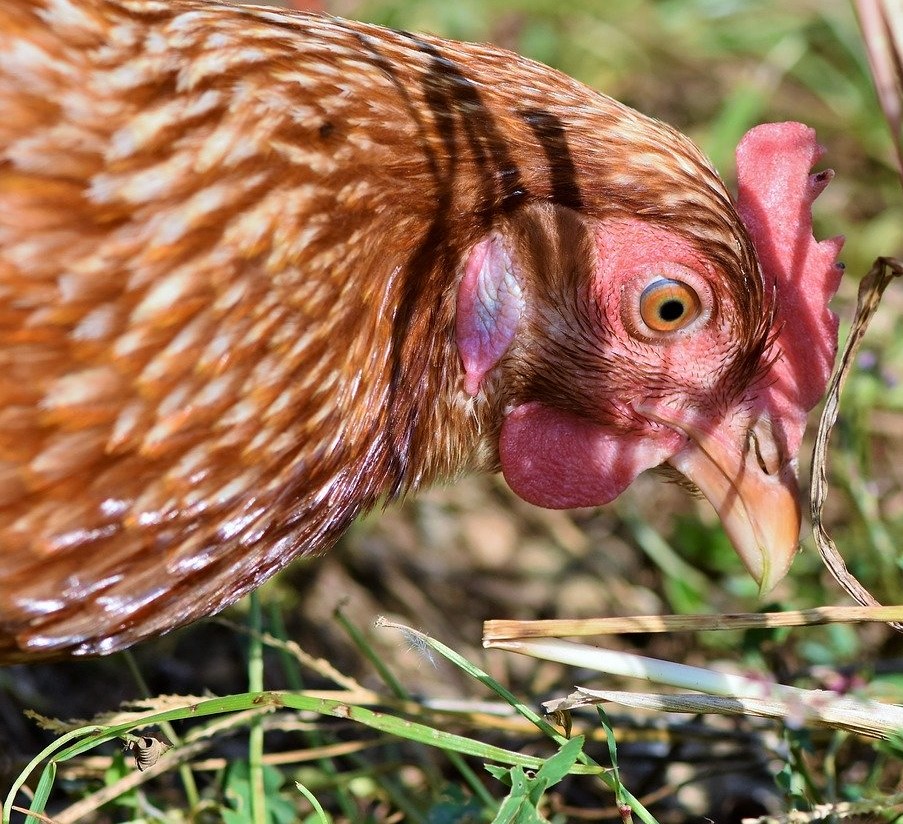
Poultry Waste Management through Incineration
Every farm, nay every human activity, produces wastes. These wastes, although not useful, have to be disposed of in a manner which is both acceptable and environment friendly. When we say `acceptable`, it means the method should be genuine and not cause any problem to anyone else. When we say `environment friendly`, we mean it should not cause contamination of soil and water.
The most common wastes found in poultry farms include:
• Dead birds
• Packaging materials
• Birds’ healthcare products
• Waste oils
• Organic wastes including vegetables and fruits
• Laboratory wastes
Poultry farms of large sizes account for a mortality rate of 2 to 5% of birds which generate carcasses for disposal as they are not meant for human consumption. Choosing an acceptable disposal option is very important considering the health of both humans and live birds. The animal carcass is likely to contain bacteria and other disease causing organisms that can infect humans either directly or through water. Dead birds need to be kept in a frozen state, if not disposed within 48 hours. Leaving mortalities outside for scavengers to feed on is not an acceptable method of dead animal disposal.
Incineration is an acceptable method of disposal if performed properly. For the dead birds to be burnt without creating an odour or smoke problem, the temperature of the incinerator must be high, between 800 to 1000 °C. Wells and water supplies should be at a distance of at least 100 meters. The incinerator must be used only for the types of wastes for which the manufacturer has recommended its use. For example, large quantities of plastics or chemicals should not be charged into it as this will definitely cause smoke and large greenhouse gas emissions. Generally, a two chamber, two burner type of incinerator is recommended.
The incinerator chosen should have a minimum 1 or 2 second residence time (depending on the waste configuration) in the secondary chamber at a higher temperature than the primary chamber. It should be designed for disposal of the carcass, feathers and bones and packaging materials without creating any smoke. It should have a combustion efficiency of 99% +.
Haat’s PWR incinerator fits the bill amply in terms of combustion efficiency, primary and secondary chamber temperatures, 2 burners, disposal of most poultry wastes, smoke and odour free emissions and most importantly trouble free operation and long equipment life.
If you have not chosen incineration as the main disposal option for these wastes and if you have not used an incinerator before, please contact us here. There are many poultry farms in India and abroad who are regular and repeat buyers of Haat’s incinerators.


